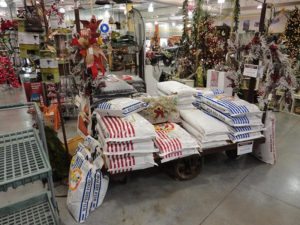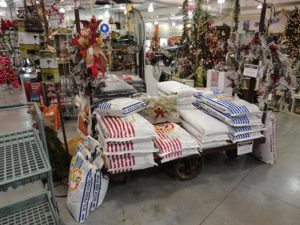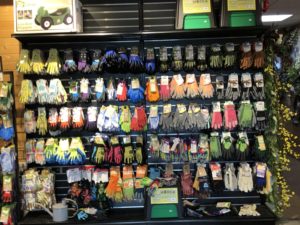Time Well Spent
With another spring behind us, it’s time to balance vendors, calendars and budgets as you enter a new buying season.
The statement: “Timing is everything,” has never been so true as it is in retail today.
With retailers drained by the worst consumer-spending slump in decades, many of you will be heading to various markets in the next several weeks with a great deal of trepidation to select what you believe to be the best merchandise for your company. Although selecting the right merchandise at the right price points is very important, establishing ideal completion dates for the orders you write can be just as important.
Before making that journey to the markets, you need to know which vendors were profitable, along with what colors and sizes sold best during the season. No doubt, you know which lines were not profitable and which items didn’t sell. At first blush, the mistakes may seem apparent, but was the lackluster performance for these items really a result of the merchandise lacking appeal, or was it something else? In many cases I’d wager that it was the something else … and there’s a good chance that the something else, was timing of deliveries.
It may sound a bit crazy, but building your orders and planning delivery dates now will be time well spent. It’s often believed that establishing ideal completion dates can be a long arduous process. But it doesn’t have to be. Often the real difficulty is knowing how to get started.
Aren’t You Early?
First, start by building a list ranking your most to least profitable vendors by classification. This exercise will be very telling and will help establish your mind set for shopping the markets. Do the same thing for sizes, colors, and if you’re up to it, price points. Take your open-to-buy and begin to divide it up; allocate it to the top five or seven vendors in each classification, being sure to leave uncommitted open-to-buy for reorders, fill-ins and new vendors. I recommend that you put this exercise to paper. Only after completing this exercise should you begin to tackle the timing issue.
Next, take a minute to consider some merchandising realities. Higher priced merchandise normally sells earlier in the season, and lower priced items generally sell later. Recognizing this fact will help you understand how completion dates need to be constructed.
Time Sensitive
Another important fact to consider your customers like to see and your sales people like to sell fresh merchandise, which means you need a fresh flow of merchandise arriving throughout the season. Many retailers have a habit of front loading, or landing most of the merchandise early in the season. The store may look great early on, but it can look equally as bad as the season matures. Many vendors offer price advantages or extra dating if you permit them to land merchandise early. This approach often backfires because the merchandise is picked over before the season begins. Moreover, the sales associates are tired of the merchandise before the season arrives.
Just as landing merchandise too early can be dangerous, so is landing it too late. Landing merchandise too late could be inviting markdowns because there is too little time remaining in the season. I often use the example of landing Christmas trees on the 26th of December, no matter how nice they are, it’s just not good retail sense. Another problem that surfaces is landing components at different times; for example a coordinate top without the matching bottom. It’s critical that vendors ship related items together or within days of one another for your ideas to be profitably executed.
Open-To-Try
The final key to scheduling ideal delivery dates lives in your open-to-buy. Your open-to-buy, provided by RMSA, will reflect planned receipts by month, over the course of the season. Once you receive your monthly open-to-buy, you can then create a percentage of planned receipts per month, instead of a lump sum amount. Your monthly open-to-buy will reflect current trends and consumer buying patterns as they unfold over the course of the season. An additional benefit is that your accounts payable will be easier to deal with, and your cash flow will better mirror your expenditures.
I’m sure you already have an idea of who you intend to buy from for the spring season. By following these simple steps you’ll have a clear picture of how receipts should flow. The closer you adhere to your outline the better your business will perform.
Don’t put off the task of building perfect delivery dates. As you already know, timing is everything.


















 Videos
Videos





